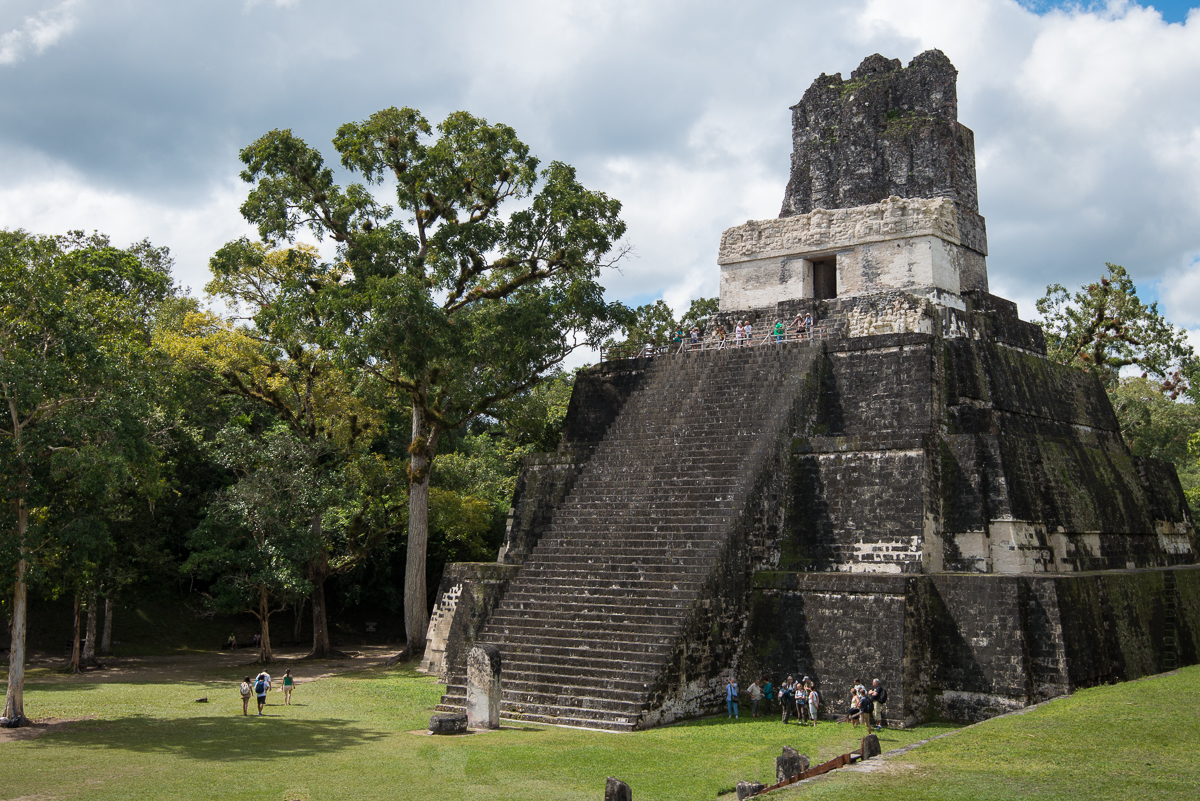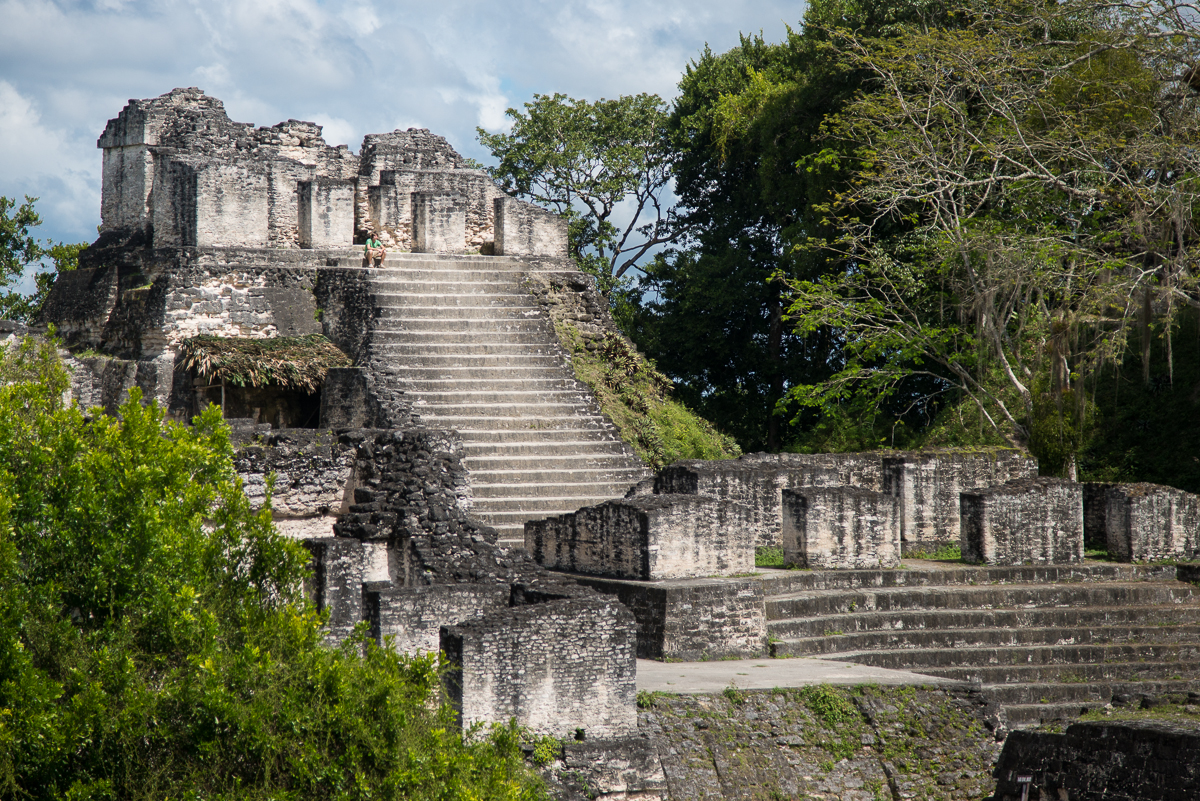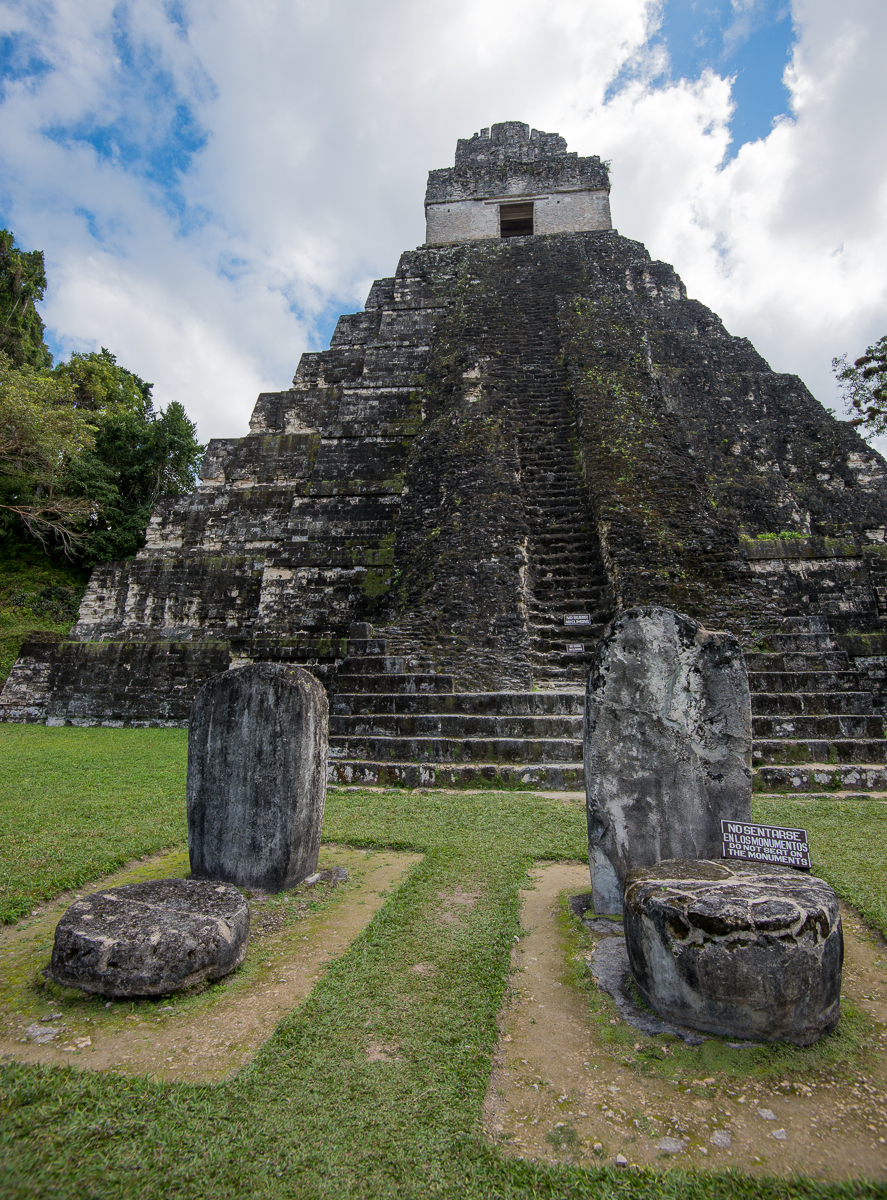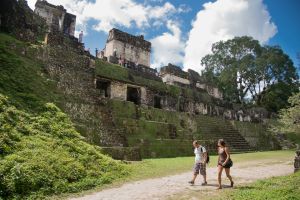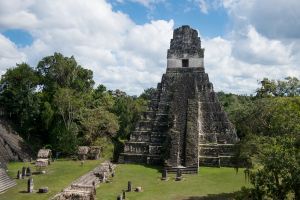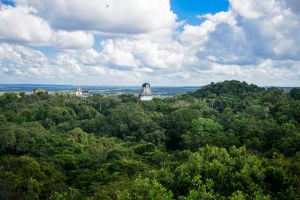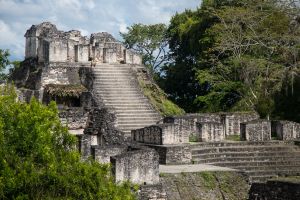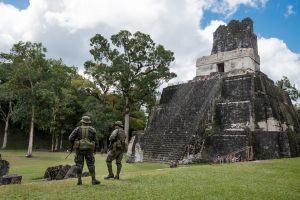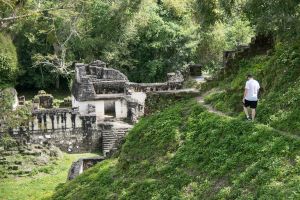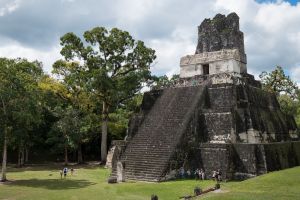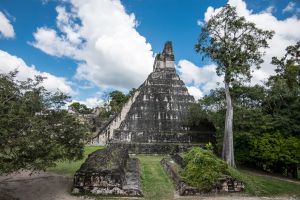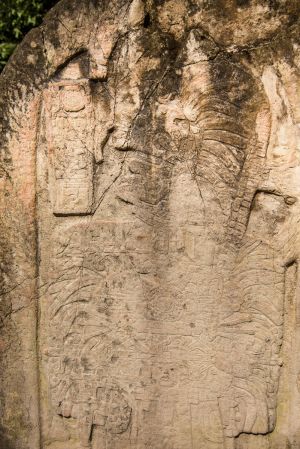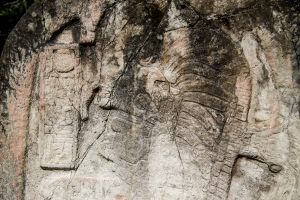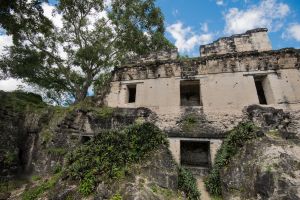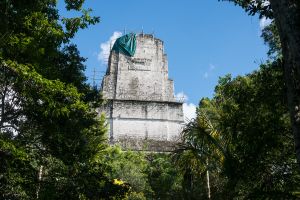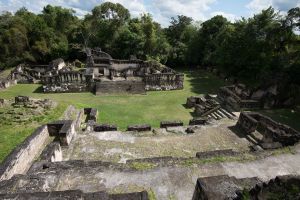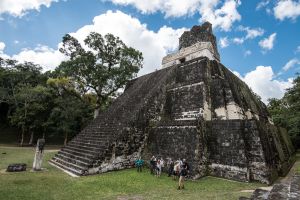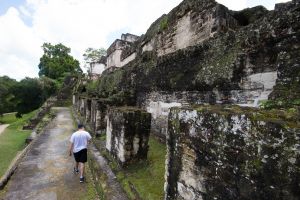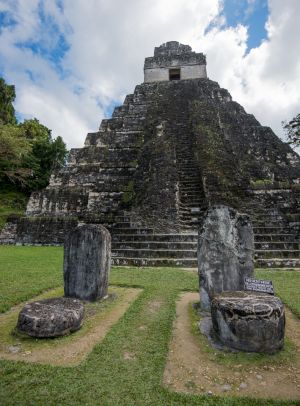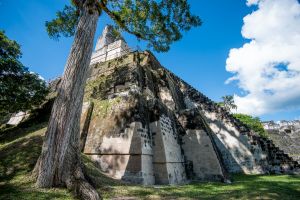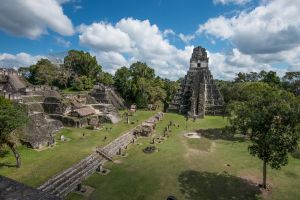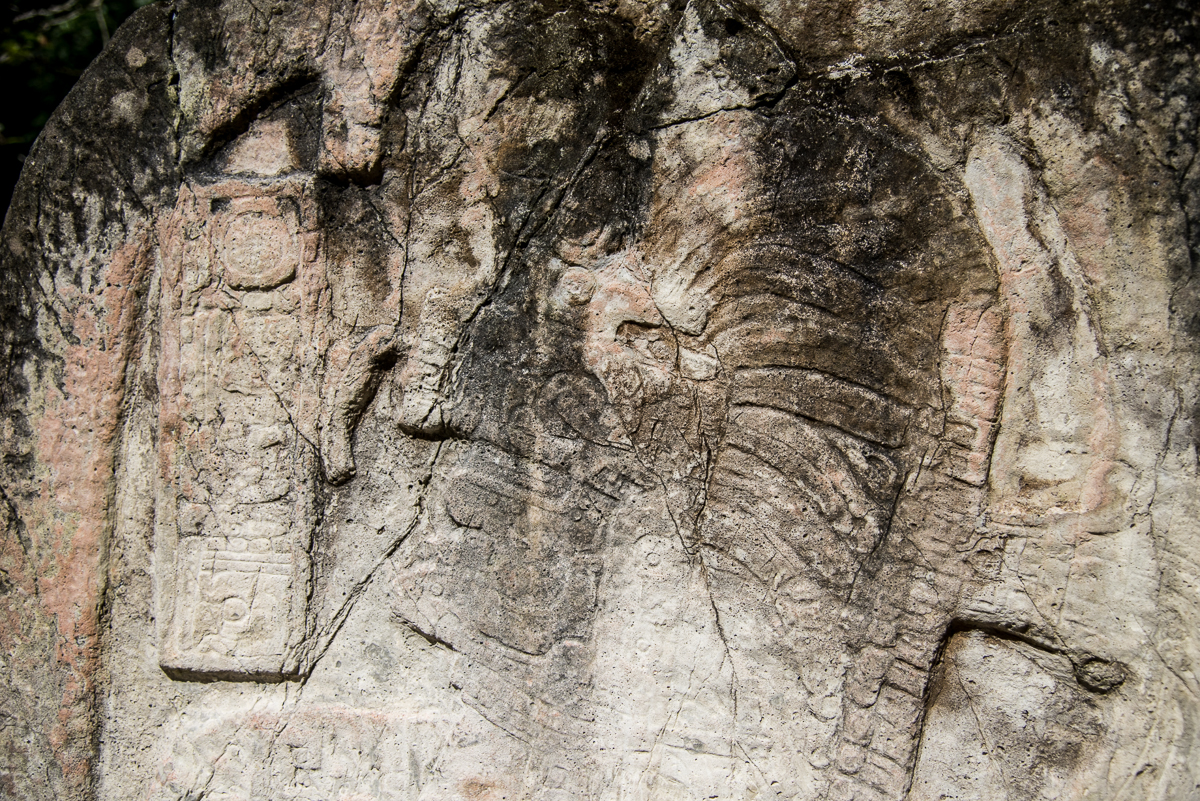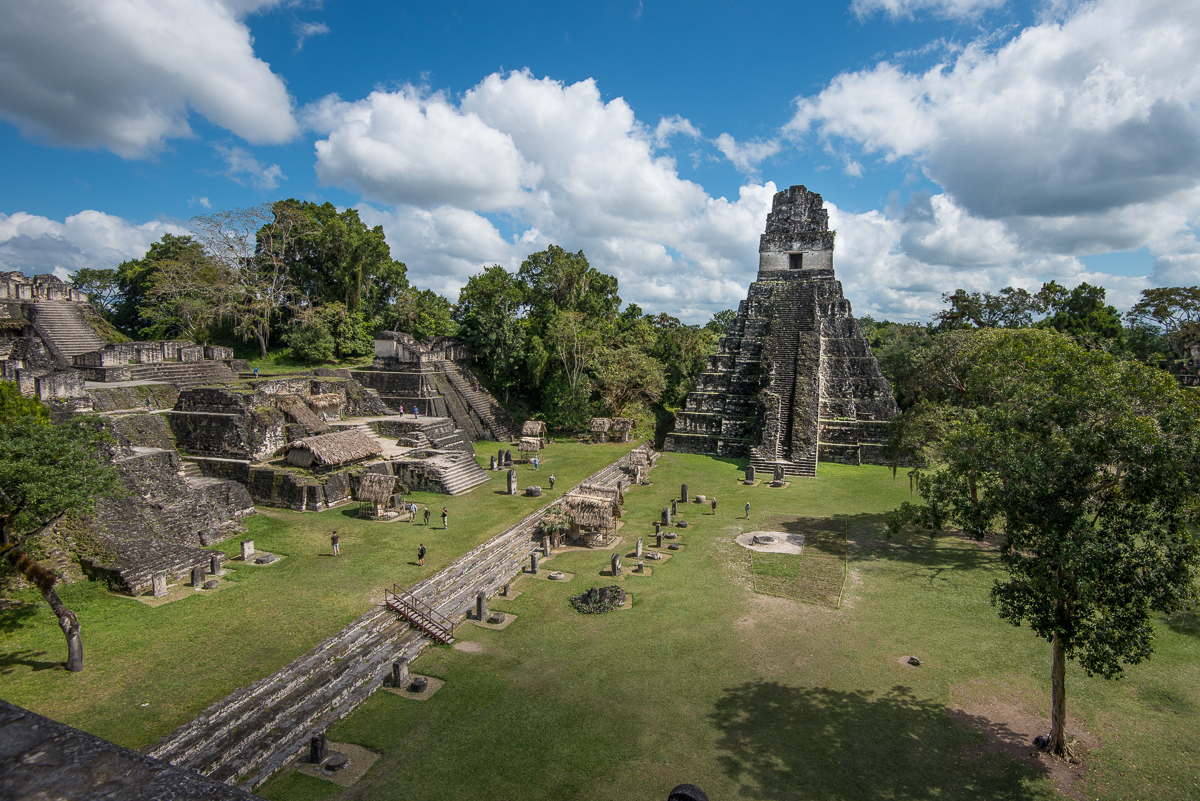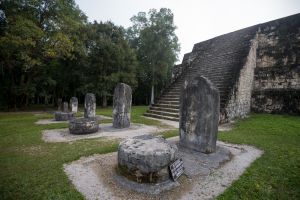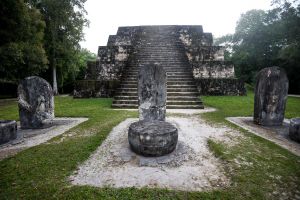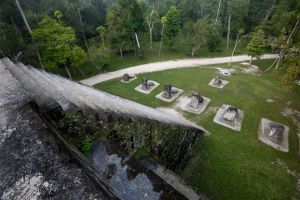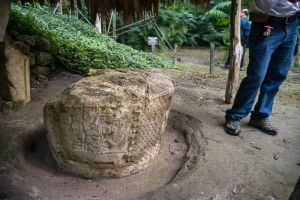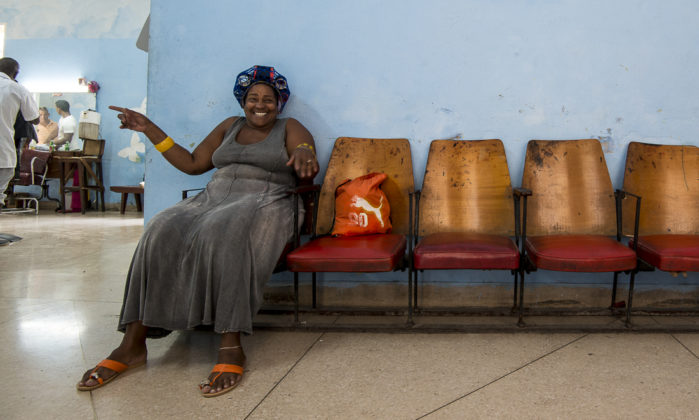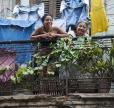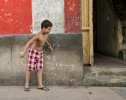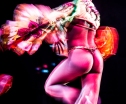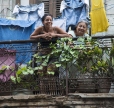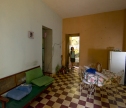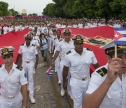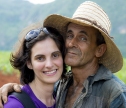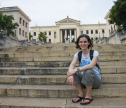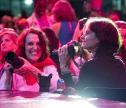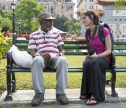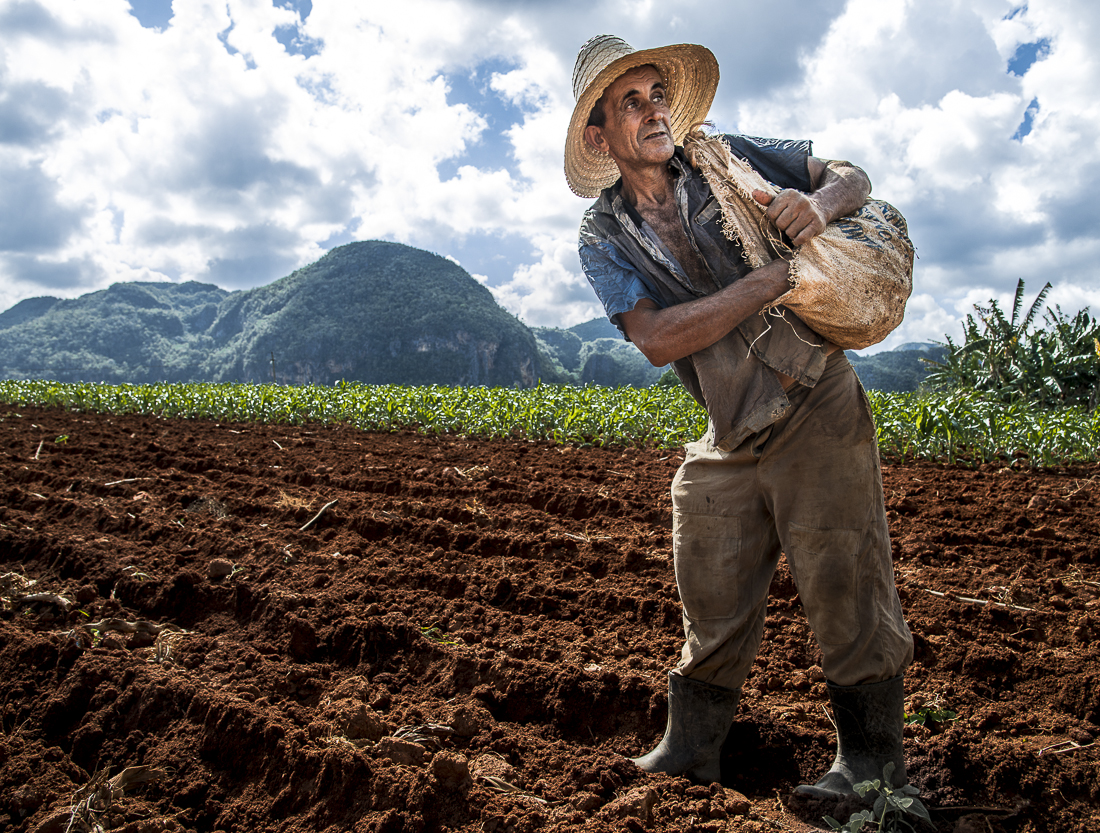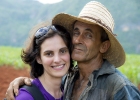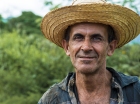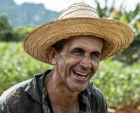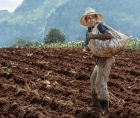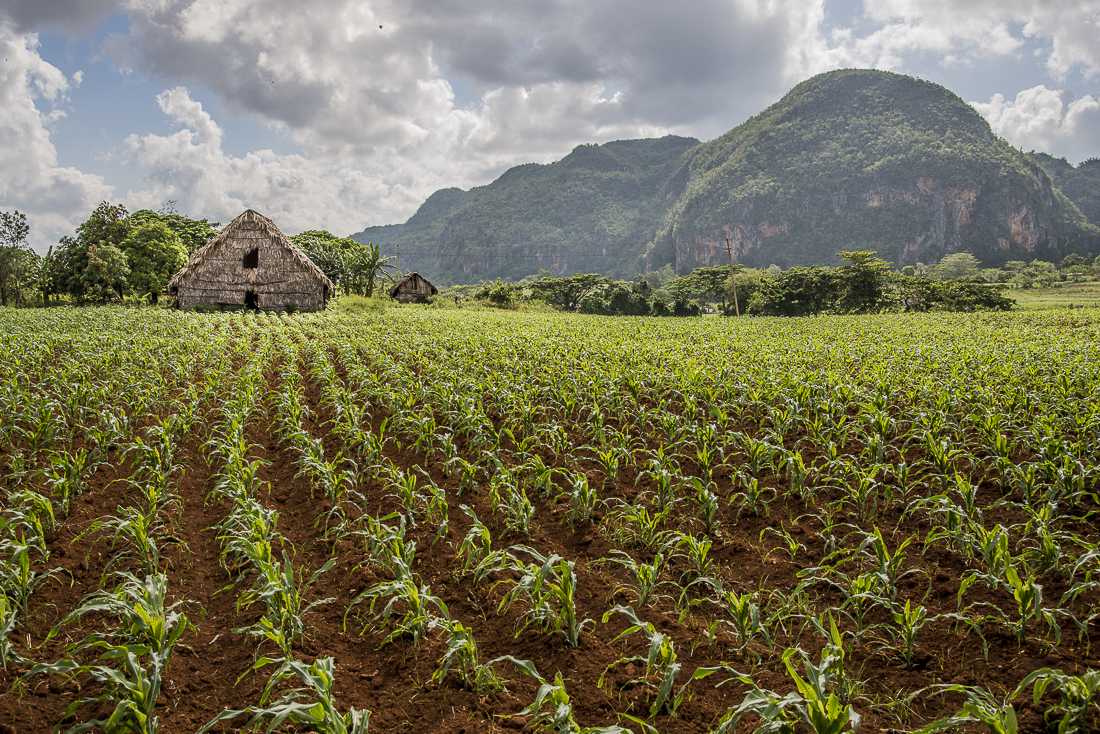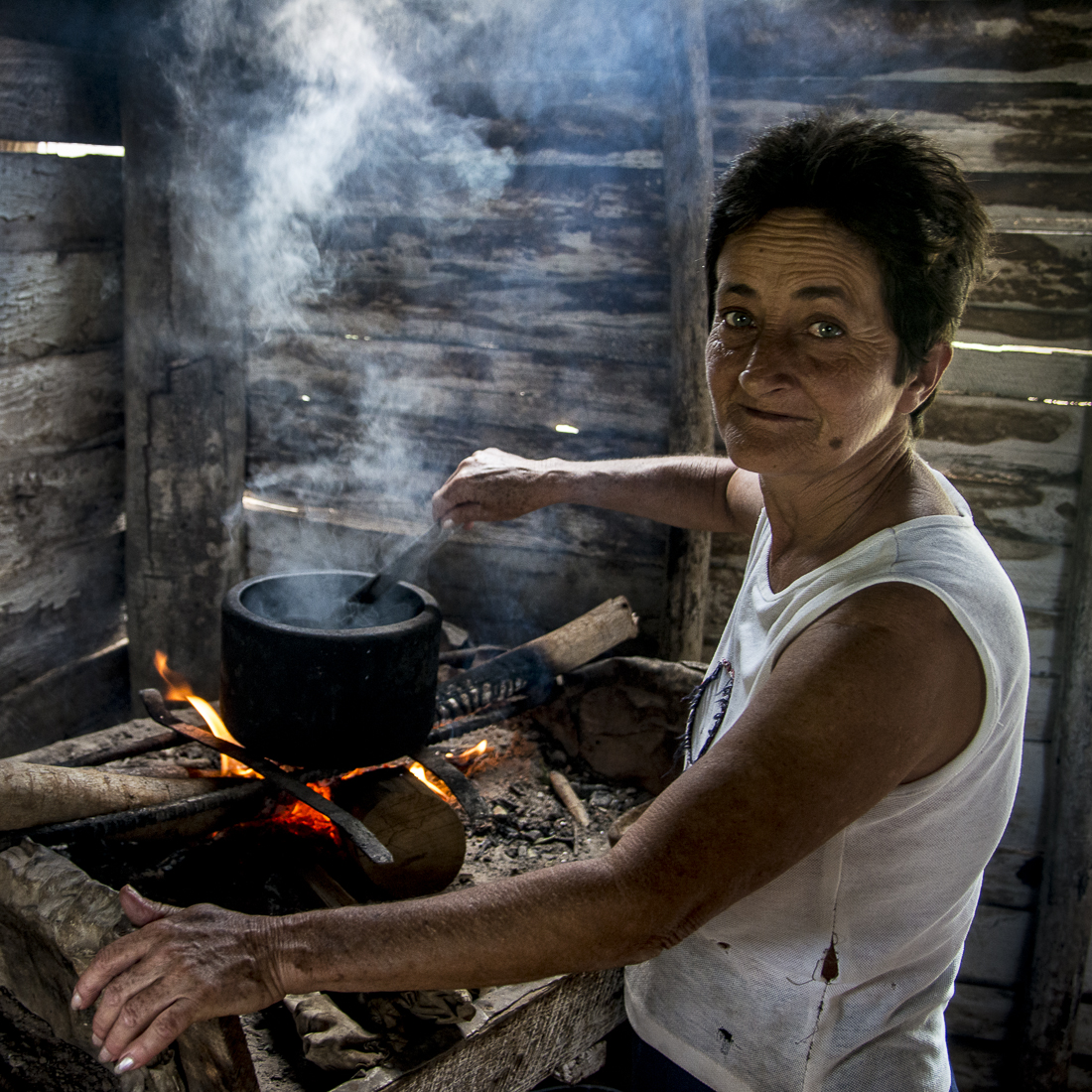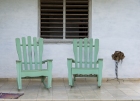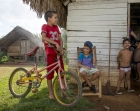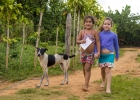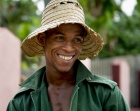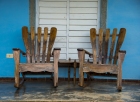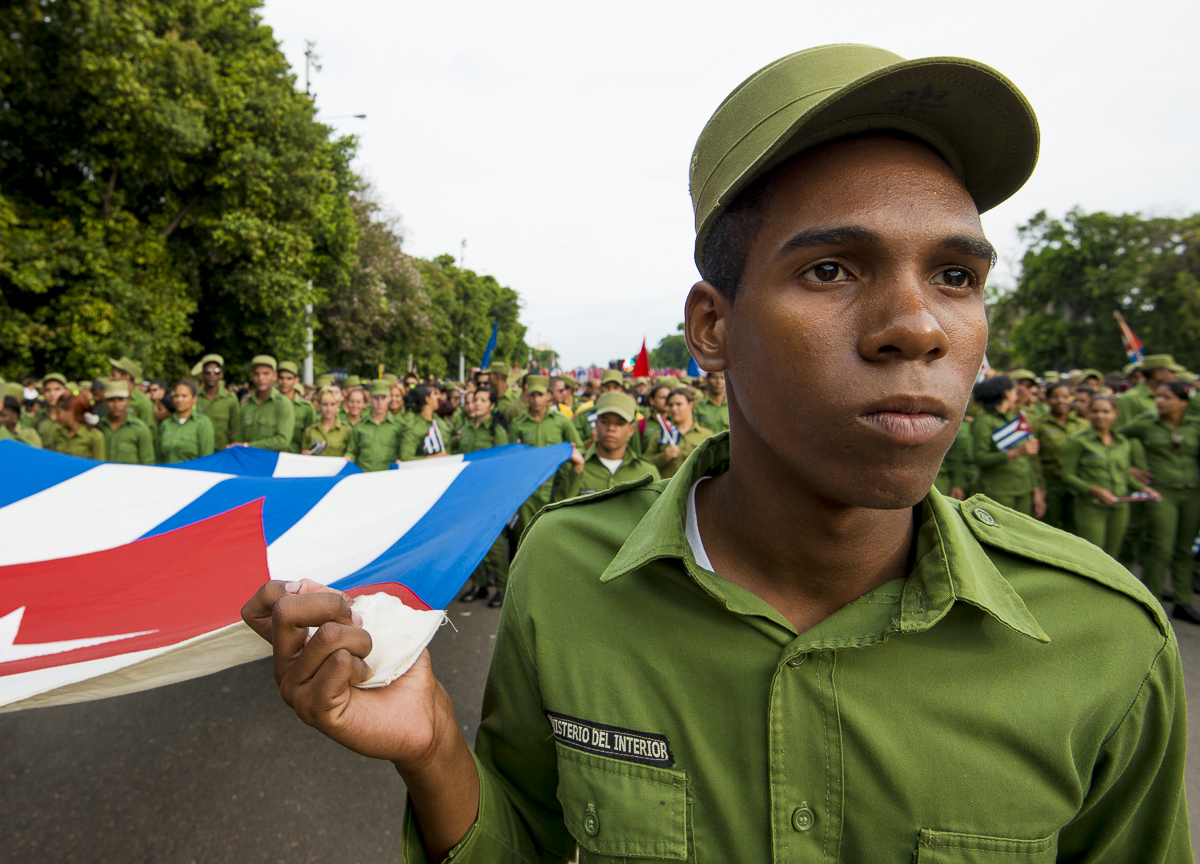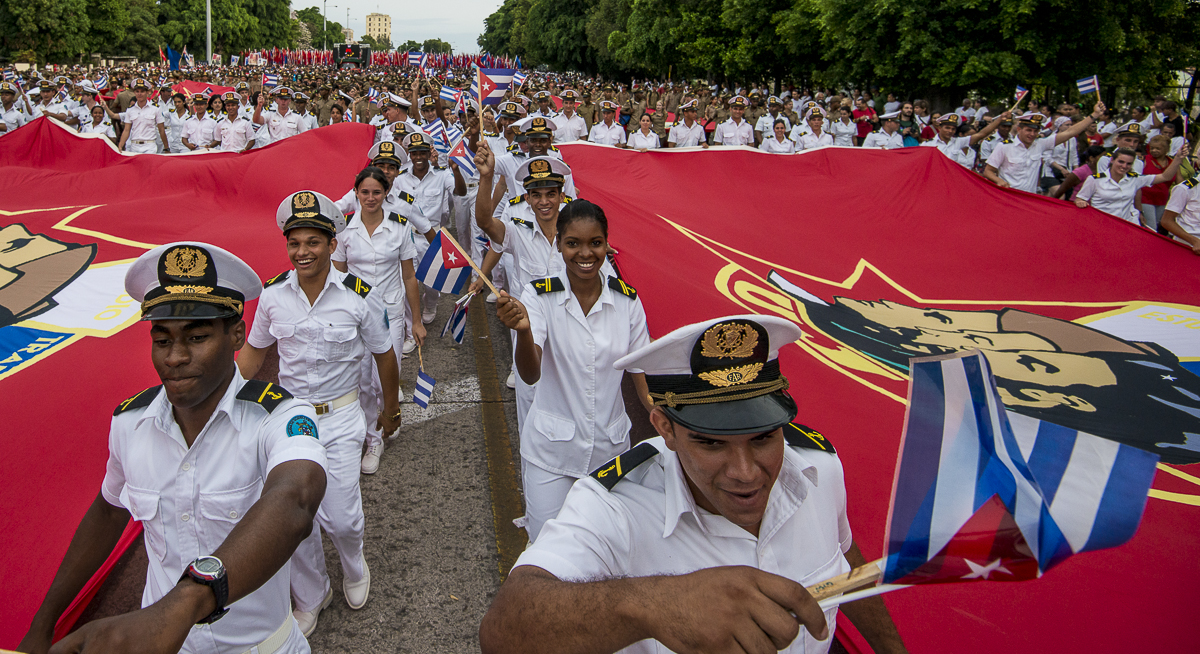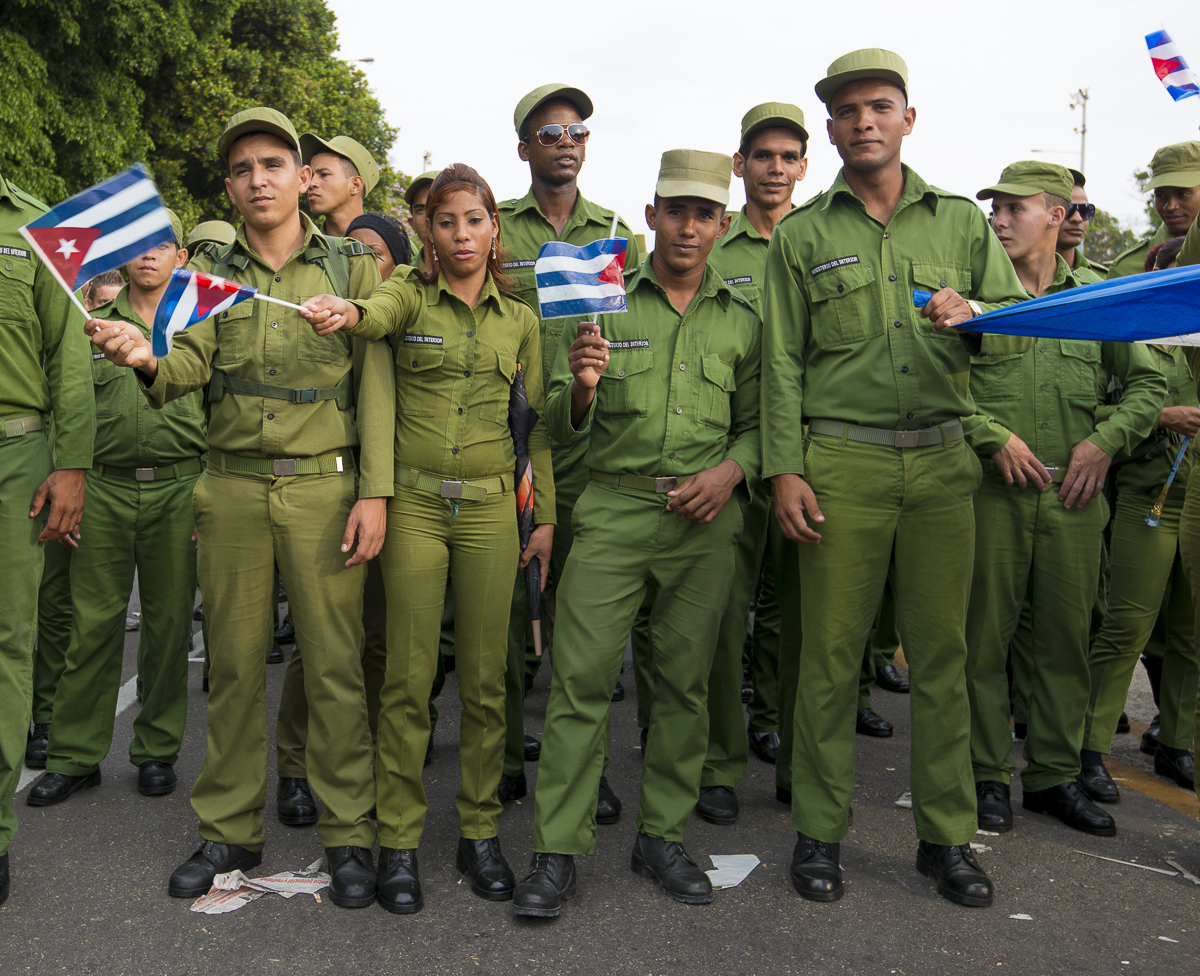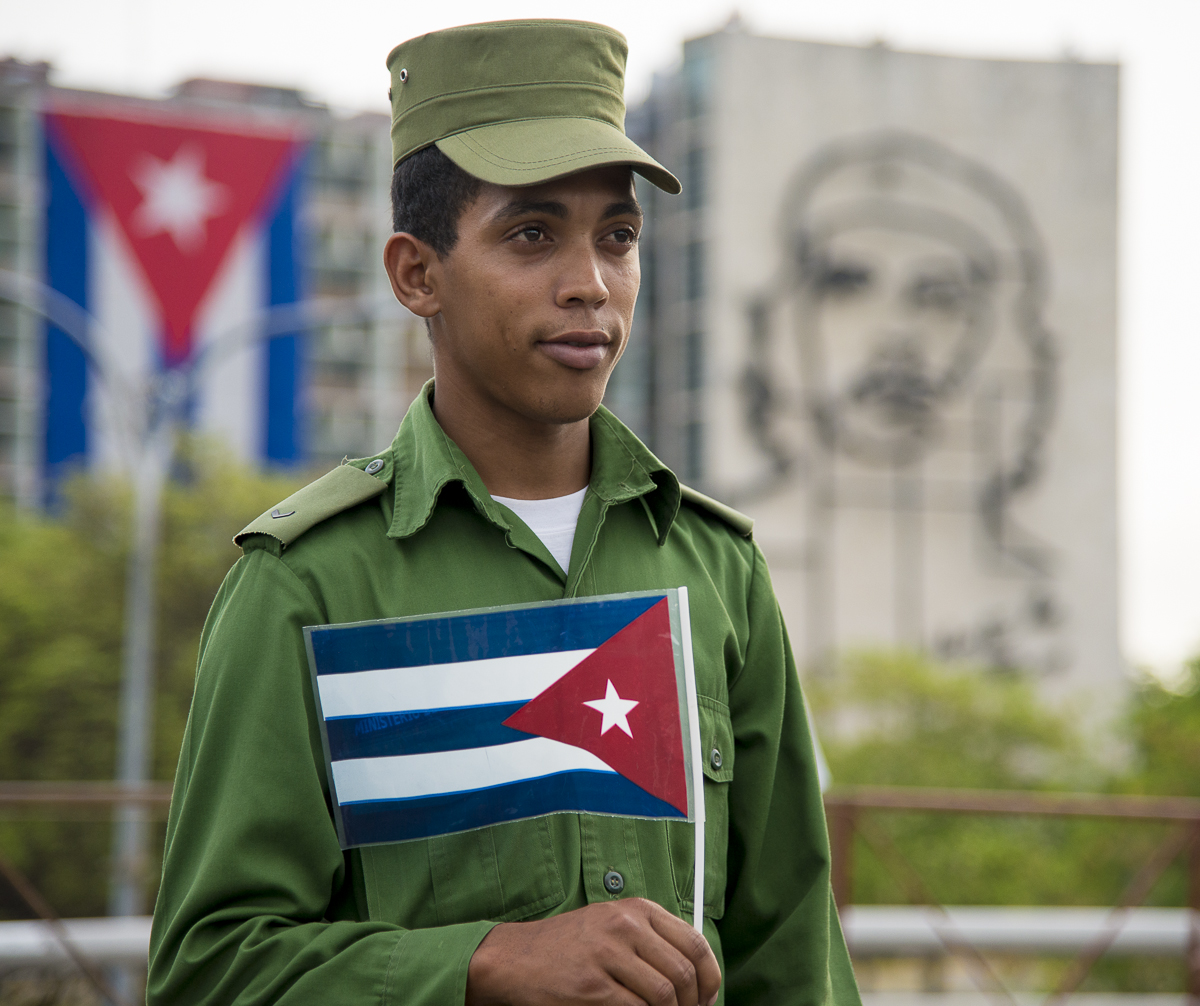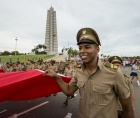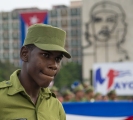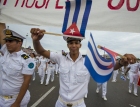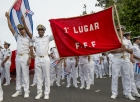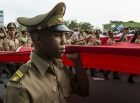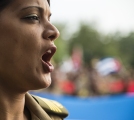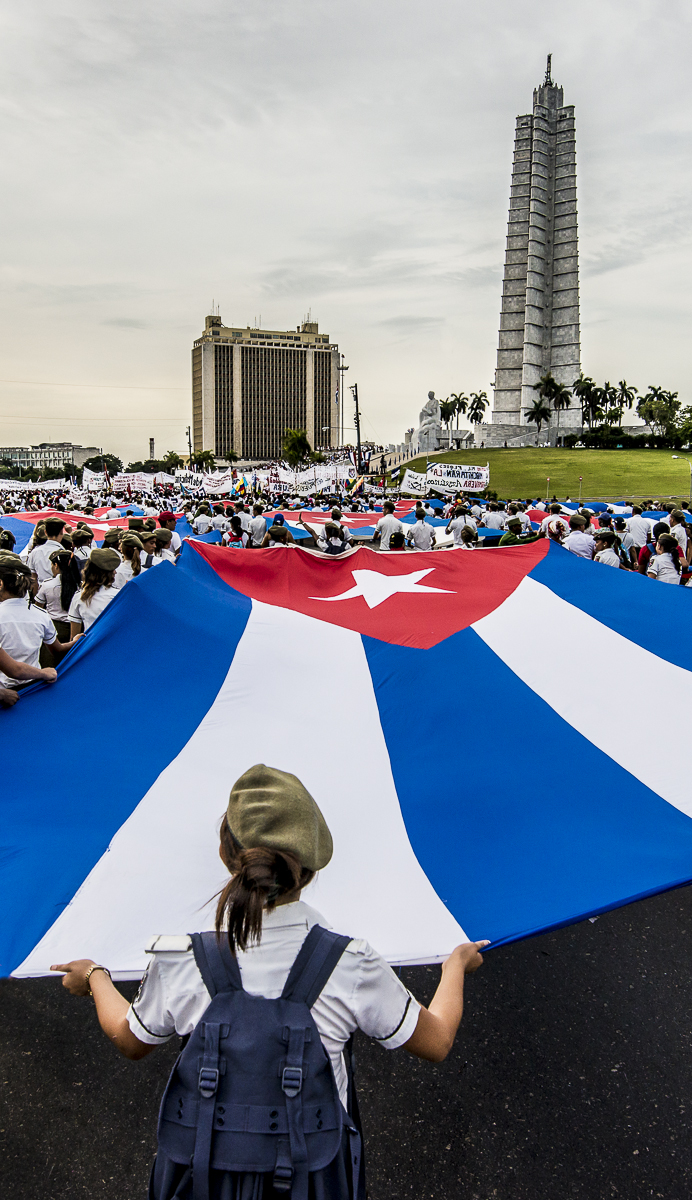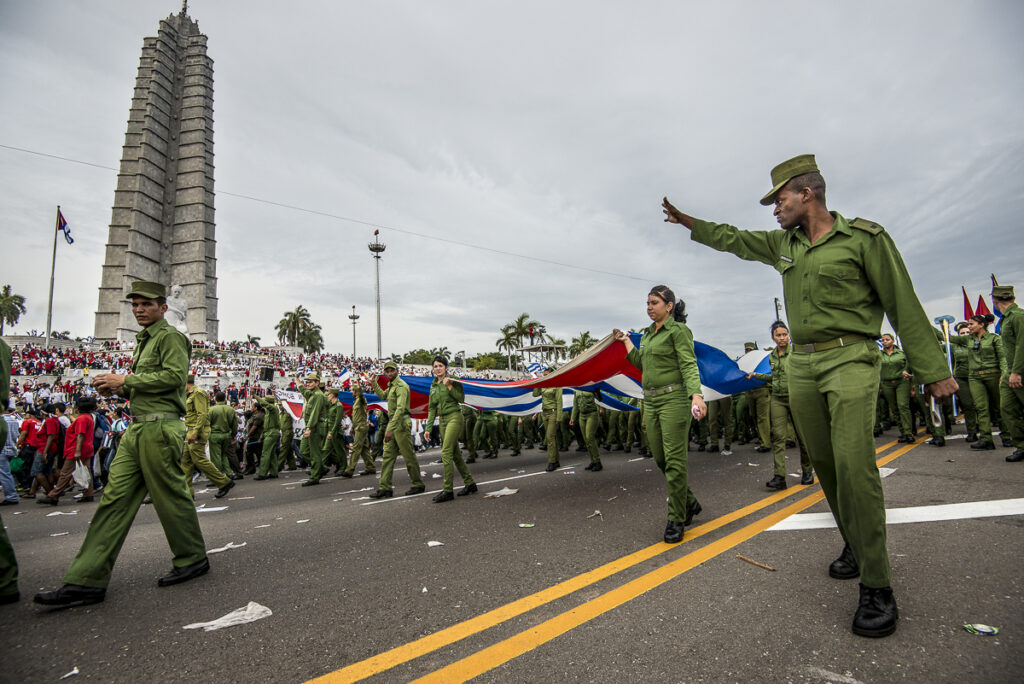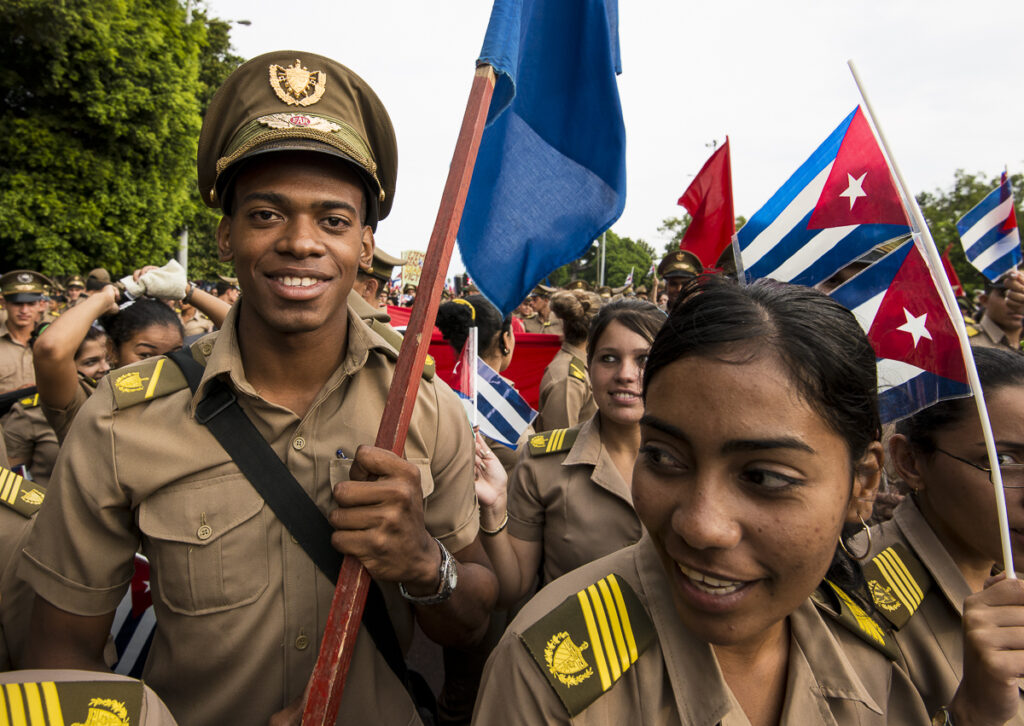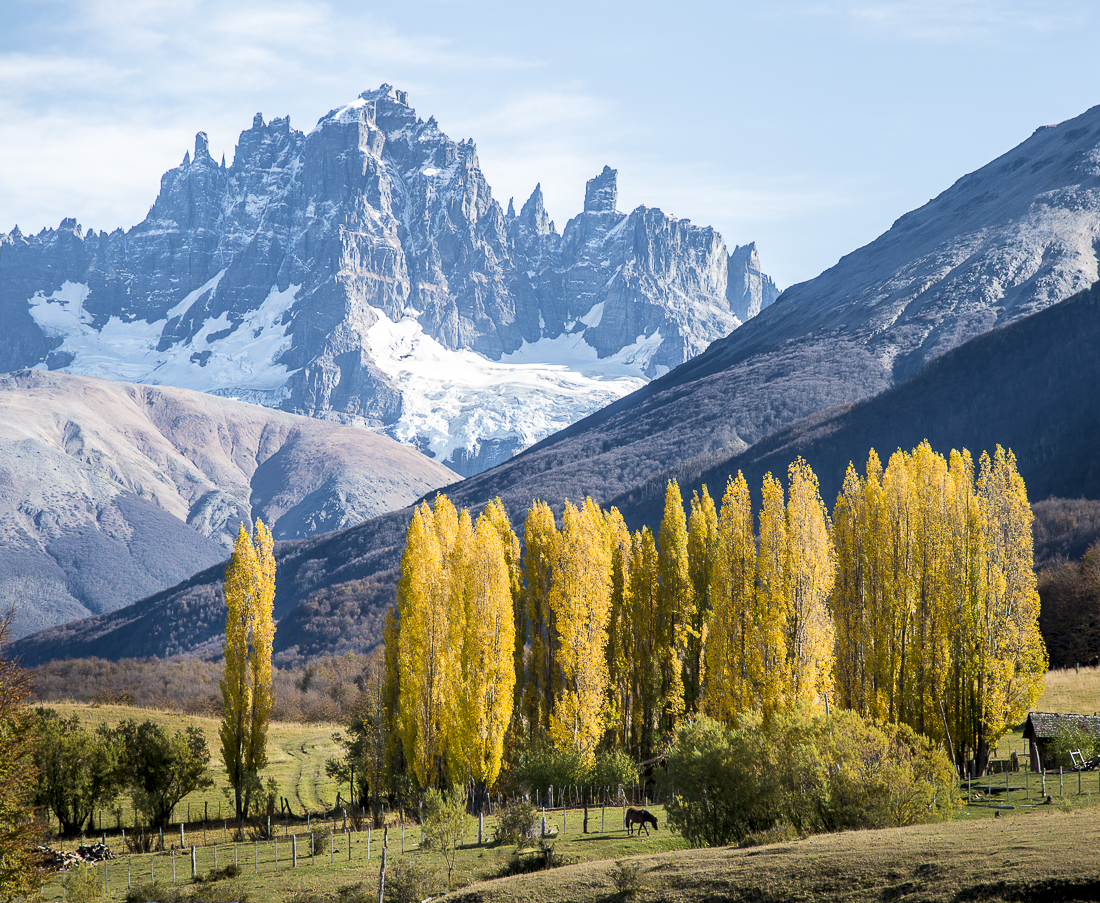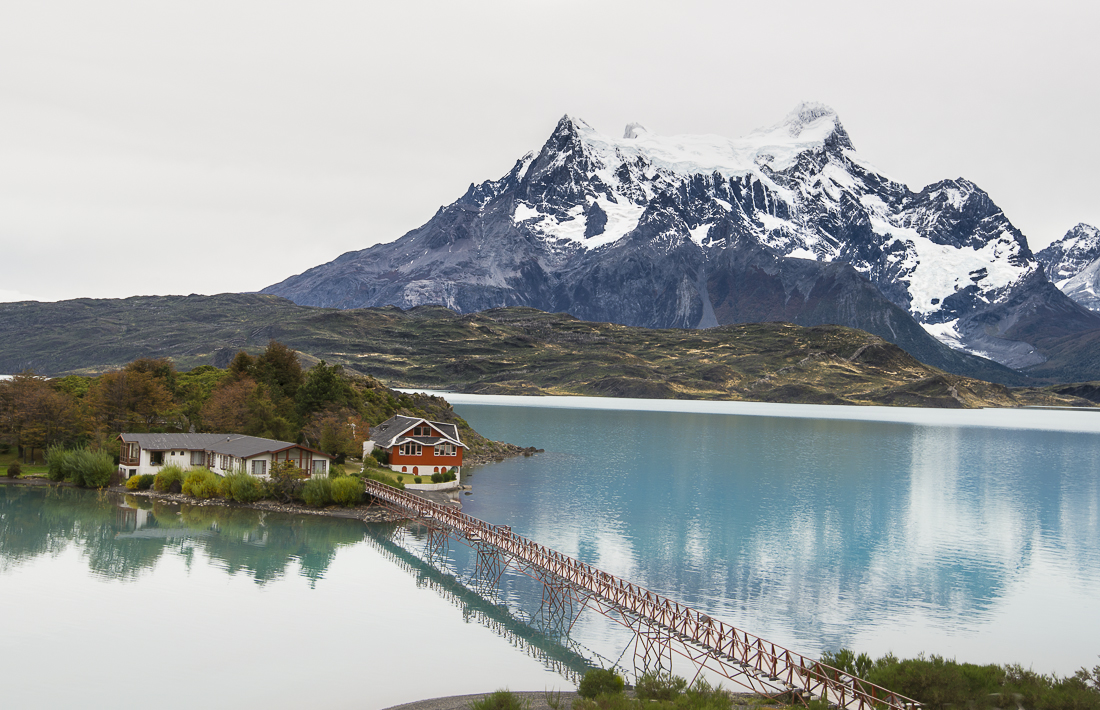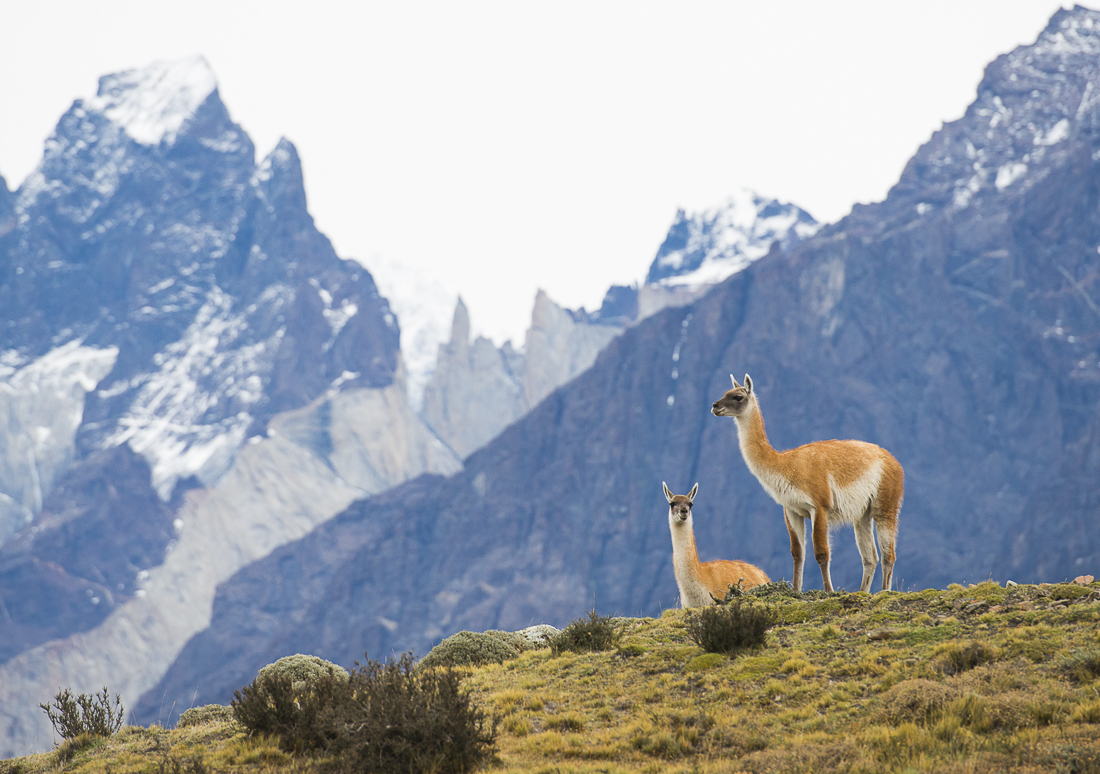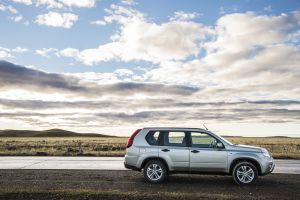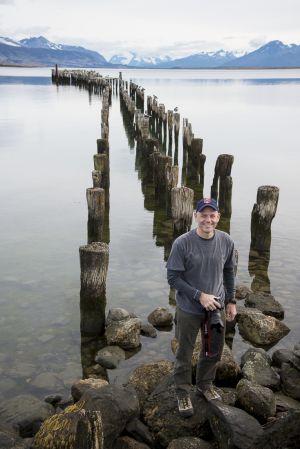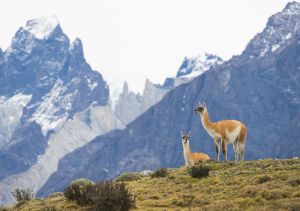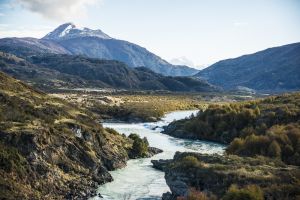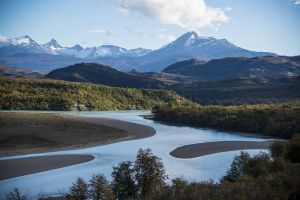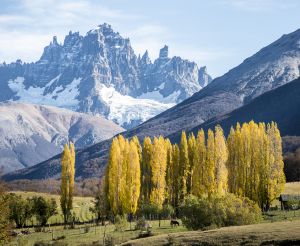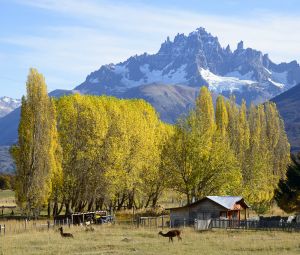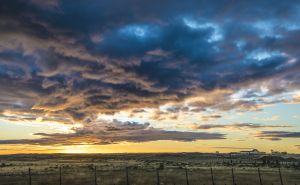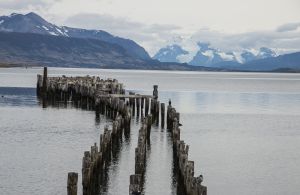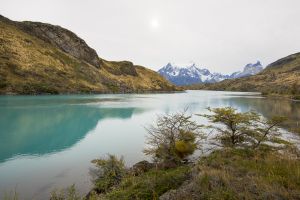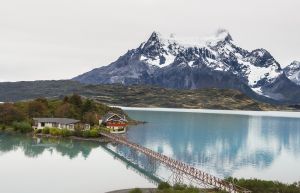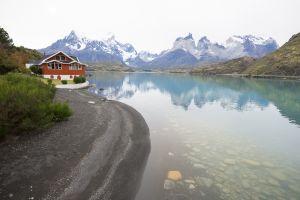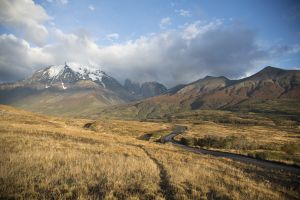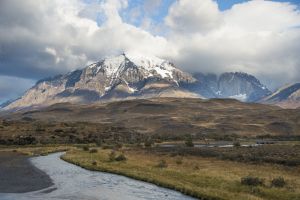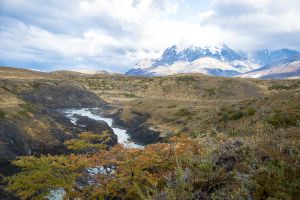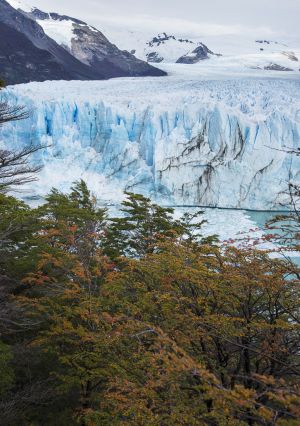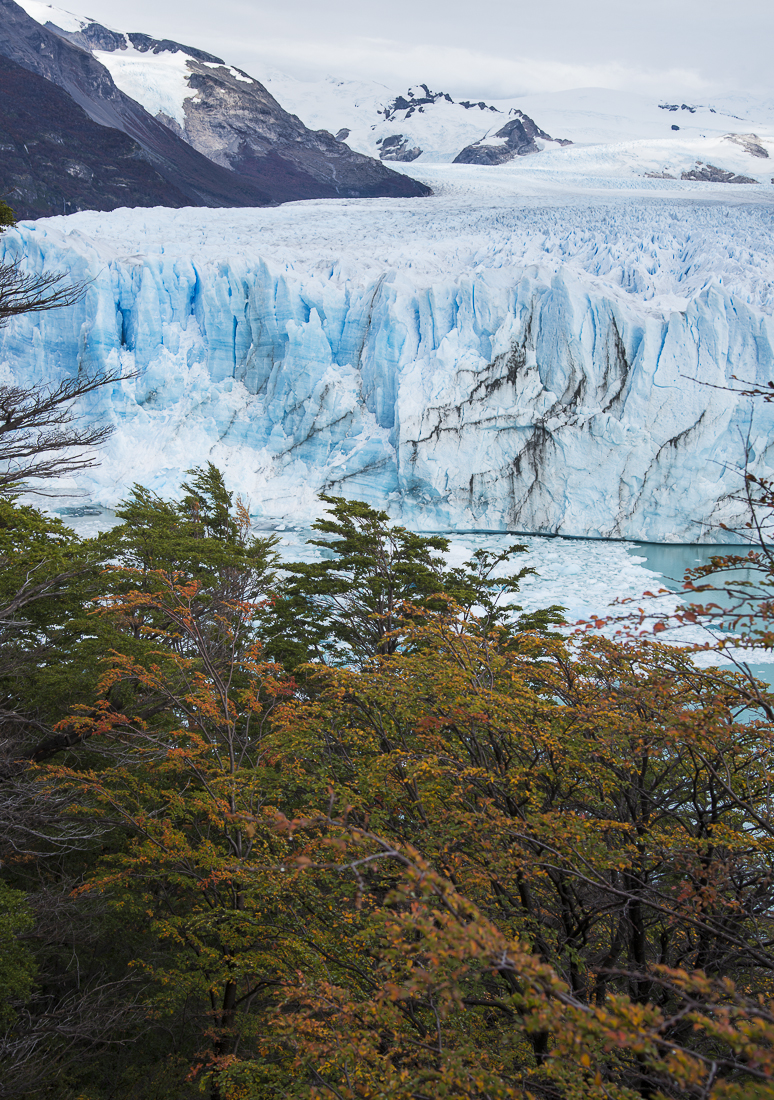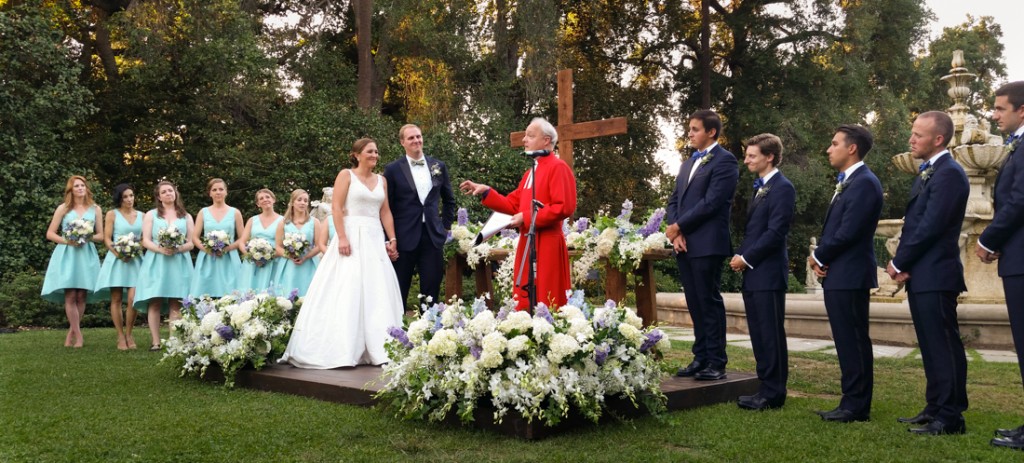Some big piles of rocks in a Guatemalan jungle may change your thinking about “American” history.
In the year 800 or so, Tikal was a city of nearly 100,000 Mayan people, set in the northeast part of what is now Guatemala. Huge temples and plazas were the centerpiece of the city; farmers tended the fields for miles in every direction. The society collapsed around the year 900, for reasons no one fully knows for sure, and the huge structures were quickly swallowed up by the jungle until they were rediscovered and revealed by archaeologists 1,000 years later.
If your image of our continent’s early history is mostly teepees and arrowheads, you’ll be pretty impressed by places like Tikal. Most of us (including, I think, many Native Americans themselves) picture the American continents’ indigenous peoples as mostly hunters and gatherers in sparsely populated environments, living lightly on the land with modest agriculture and minimal construction. If that’s the image in your head, a trip to a place like Tikal, Guatemala will change your assumptions. Before the end of the first millennium A.D., there were tens of millions of people in the Americas, including huge cities and huge structures in what are now Mexico, central and South America.*
Exactly what happened to all those ancient “Americans” is a bit of a mystery, but at least a part of the answer is smallpox. The first European explorers – themselves largely immune due to generations of exposure – inadvertently brought the smallpox virus when they landed in the New World. The virus spread faster than the European explorers did, so by the time (decades or even centuries later) most of the region was seen by Europeans, most of the “natives” were already dead from disease. By some estimates, 95% of the continents’ population – perhaps a fifth of the world’s population — died in a wave of smallpox. What European explorers “discovered” as they probed the continents were the minimal remnants of civilizations that had been as big (and in many ways as advanced) as those in Europe, Asia and the Middle East. Tikal was already six feet under (literally) the jungle floor.
Though Tikal had apparently seen its decline before the smallpox era, the site will certainly give a glimpse of the degree of “civilization” that existed on our own continent long before Columbus stumbled upon it. Besides the sheer number of walls and buildings and monuments, the most striking features are the big temples – meso-American pyramids. A similar temple at one of the Mayan sites in nearby Belize is, to this day, the tallest manmade structure in that country.
This was my first trip to Guatemala, and I was surely impressed. More to come from Central America…
= = = =
Update: A few more daylight images from my return to Tikal a week later. Night time images are here.
